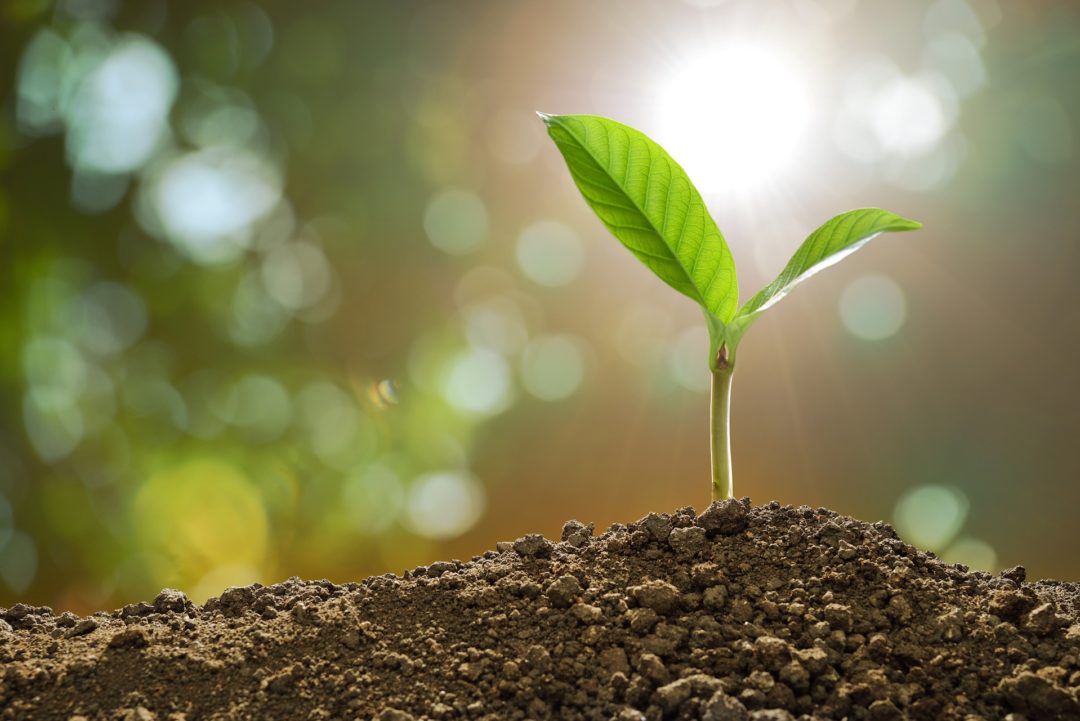Building local food systems:The report found that the average food co-op purchases from 185 local farmers and producers; those products make up 22% of the co-op’s sales. During the COVID-19 pandemic, when grocers that rely on national supply chains were unable to keep their shelves stocked; many food co-ops were able to actually boost local food inventories, thanks to strong relationships with local farmers. Those farmers were able to get revenue from products that were intended to restaurants, and therefore would have been lost.
Related: What Keeps Moms Awake At Night and Reconsidering Buying Big Brand Food Sprouts Releases 2020 Environmental, Social, and Governance Report PCC Gives More Than 60% of Profits Back To Community
Making food more affordable:Through NCG, food co-ops combine purchasing power on national brands to offer shoppers lower prices and a broader range of products. The Co+op Deals promotion program, for example, saves customers an average of 25% on a selection of more than 2,000 items on sale each month. Three out of four co-ops nationwide now offer a needs-based discount program, a number which has been growing consistently since 2016. All of this lowers barriers to healthy food.Caring for each other and the planet:NCG has collectively donated over $7.3 million to community organizations locally in 2020, and is also investing in national organizations working to build a more just and equitable food system; for one example, the report outlines how food co-ops are prioritizing racial equality. Co-ops also lead the way in sales of organic, fair trade, B Corp, and cooperatively produced products. 47% of food co-op sales come from organic products, compared with 32% at other natural grocery stores and just 3% at conventional grocers. Co-ops can work both individually and through NCG to reduce environmental impact of their supply chain—for instance, since 2012, food co-ops have been working with fair trade farmer co-ops in Peru to offset greenhouse gas emissions due to annual business travel by planting and protecting trees in the Peruvian Amazon, thus planting and/or protecting more than 1.8 million trees so far.










